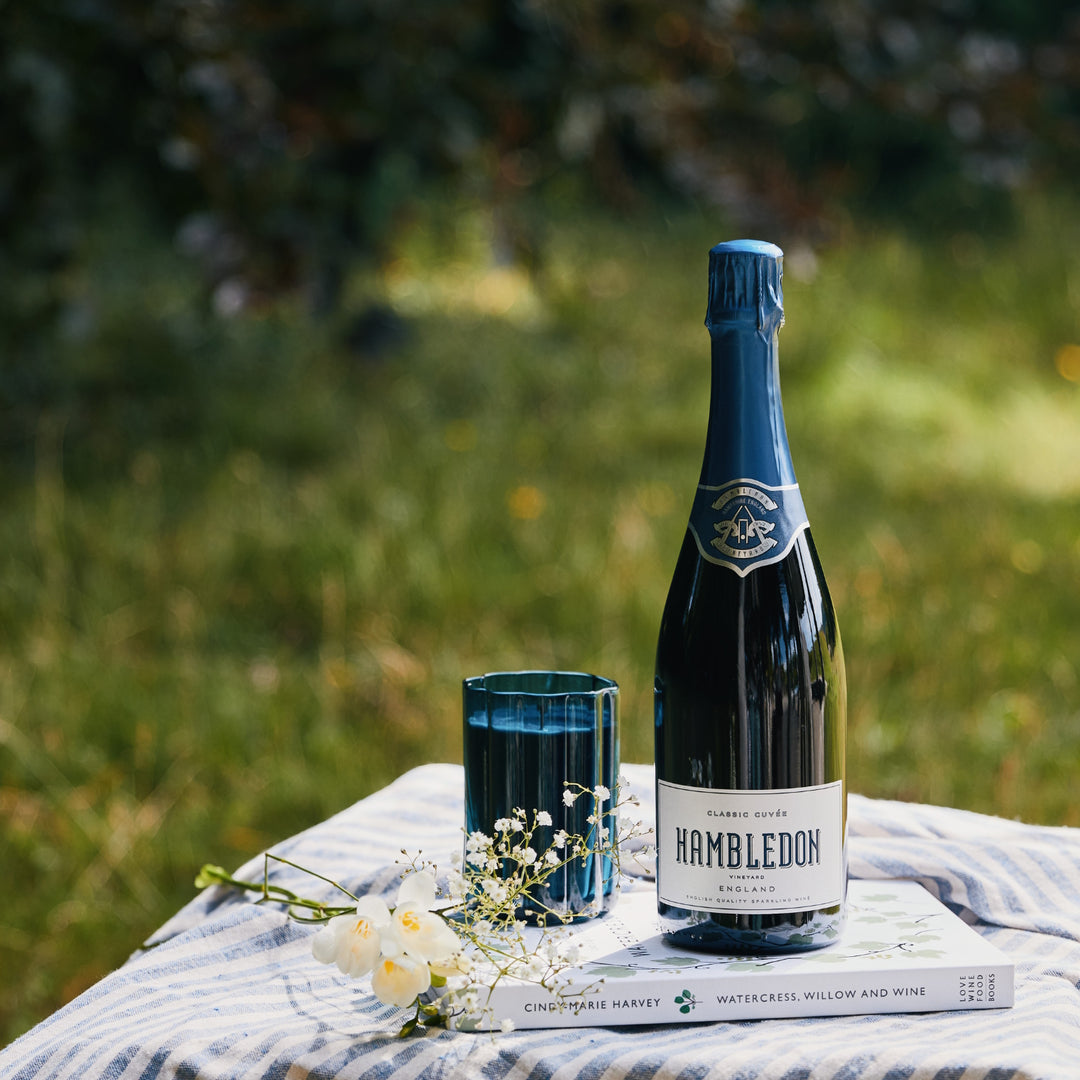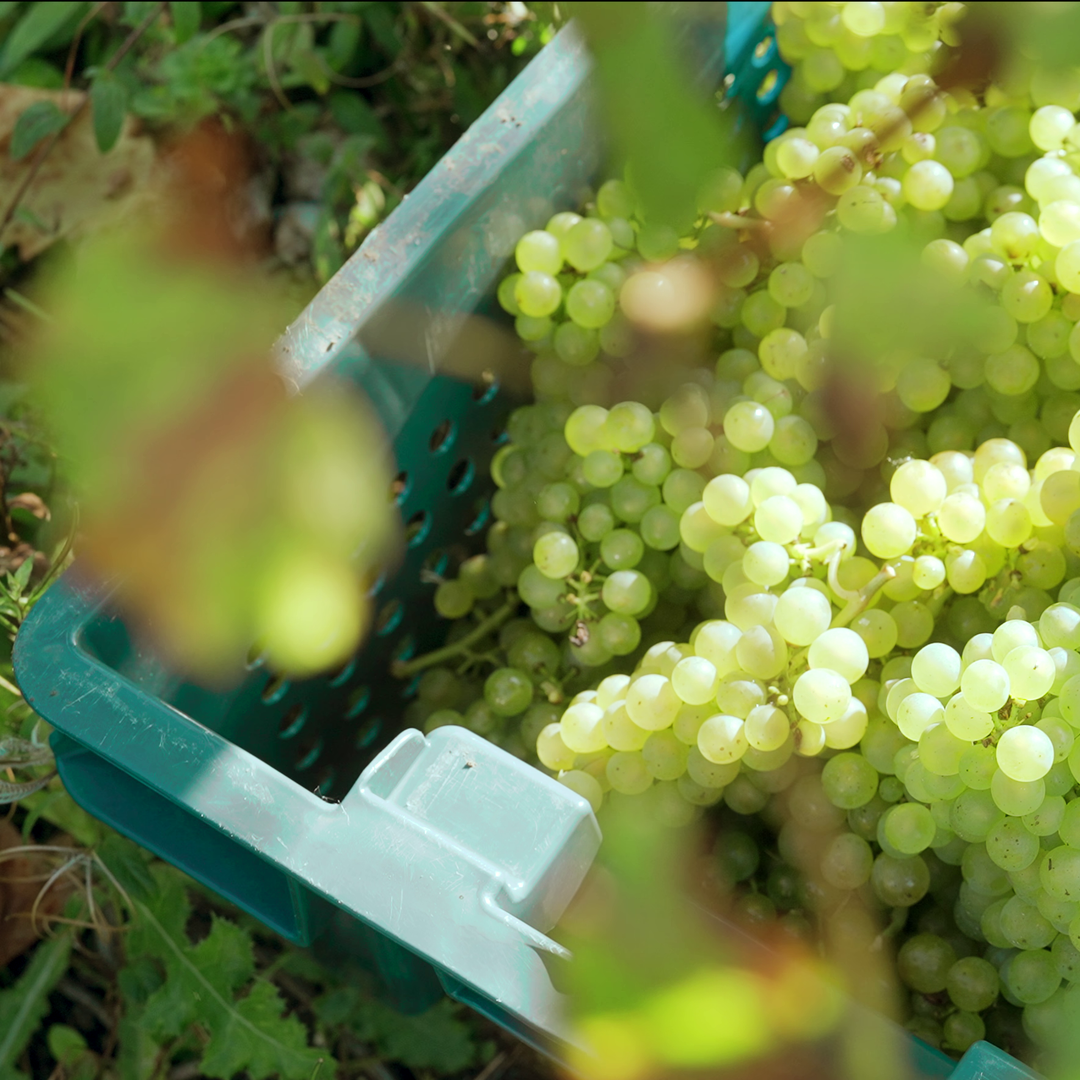What Makes This Guide Exceptional
Our team at Hambledon brings almost 75 years of pioneering winemaking experience and a track record of top medals at Decanter, IWC, and WineGB awards. This guide combines in-house expertise, input from award-winning sommeliers, and the freshest data from the UK’s most influential critics. For the full story behind our authority, visit the Ultimate Guide to English Sparkling Wine.


The Importance of Place: Terroir and Tradition
Top producers set their roots in chalky, free-draining soils and benefit from meticulously managed, hand-tended vines. Hambledon’s gravity-fed winery lets every bottle preserve freshness and site purity from vineyard to glass. “If you want to taste English terroir, start here.” – UK Wine Awards judge. Discover our unique home in Our Heritage and Terroir.

Styles to Explore
- Brut NV: Classic house blends; lively, citrussy, and made to pour at any celebration.
- Blanc de Blancs: 100% Chardonnay, precise, mineral, perfect with oysters or white fish.
- Rosé: Red-berry led, dry or off-dry, fantastic with English summer fare.
- Vintage/Prestige: Aged for more depth and complexity; best for cellaring, gifting, or pairing with rich foods.

Tasting Notes and Food Pairings
- Hambledon Classic Cuvée: Apple, lemon, brioche, mineral edge. Pairs beautifully with shellfish or roasted chicken.
- Nyetimber Classic Cuvée: Baked apple, toasted almond, creamy, long finish. Excellent with smoked salmon or aged cheeses.
- Chapel Down Three Graces: Zesty citrus, acacia blossom, soft mousse. Enjoy with hors d’oeuvres or soft pâté.
- Gusbourne Blanc de Blancs: Flint, citrus, taut acidity. Best with sushi, tempura, or grilled white seafood.
- Ridgeview Bloomsbury: Elderflower, lemon zest, persistent bubbles. Great match for oysters or British salads.
- Digby Leander Pink: Strawberry, wild herb, lively finish. Enjoy alongside strawberries, soft goat’s cheese.
- Camel Valley Cornwall Brut: Lemon zest, orchard fruit, racy acidity. Perfect with Cornish fish and chips or goat’s cheese salad.
For more food and wine matches, see our Ultimate Guide.
Meet the Top Producers
Hambledon (Hampshire):
Reference standard for elegance and minerality. Praised for its gravity-fed cellar, long lees ageing, and clean, orchard-lead palate. Widely cited by sommeliers as the “go-to English sparkling for food matching.”
Nyetimber (Sussex):
The UK’s global icon, famous for blending, consistency, and a signature creamy style. “Textbook sparkling–has put English wine on every luxury list.” (Decanter)
Chapel Down (Kent):
Continues to win at industry and consumer award shows for fresh, expressive, fun fizz. “A benchmark for broad appeal and value,” says BBC Good Food.
Gusbourne (Kent/Sussex):
Precision-driven; single estate vineyards harness Kent and Sussex soils. Their Blanc de Blancs took Decanter Gold in 2024 and regularly impresses at WineGB.
Ridgeview (Sussex):
Family led, puts aroma, fruit, and freshness at the core. Bloomsbury NV is a fixture at British state banquets.
Digby (Sussex):
Modern blends, bold branding, and a global palate. “Bright, energetic, and impossible not to love with pâté.” (WineGB judge)
Camel Valley (Cornwall):
Pioneering outside the southeast, bringing Cornish freshness, citrus, and a clean, mouthwatering finish, often seen at Michelin-starred tables.


global recognition
Award Highlights and Industry Trends
English sparkling wines are no longer newcomers. In 2024, English bottles claimed six Decanter Platinums and swept local WineGB medals. Hambledon and Gusbourne consistently outrank well-known Champagnes in UK blind tastings, and critics expect Essex and South Downs to be “new frontiers” in the next decade. Sustainability, organic practices, and vegan-friendly sparklers are hot growth areas.
An Expert Buyer’s Checklist
- Look for top producers with recent medals (Decanter/IWC/WineGB).
- Seek at least 24 months’ lees ageing for real depth.
- For food, pick Brut or Blanc de Blancs for freshness and Vintage for structure.
- Ask about limited releases–these often offer the most character.
- Notice closure and base wine–some top bottlings use sustainable corks or even state-of-the-art glass stoppers.
- Ask your retailer about glassware tips; most experts now favour tulip or white wine glasses for these wines.
Want more? Dive into our Ultimate Guide for full buying, storing, and serving tips


Plan Your Visit and Connect
There’s no substitute for tasting at the source. Book an expert-led tour at Hambledon, discover our award-winning range, and sign up for vineyard news, releases, and food pairings. Your next adventure in English sparkling starts here or get the ultimate background with our Ultimate Guide to English Sparkling Wine
FAQs
Both use the traditional method, but English fizz shows higher acidity, more English orchard fruit, and a fresher, cleaner style thanks to chalk soils and a cooler climate.
Hambledon pioneered the category, while Gusbourne, Ridgeview, and Nyetimber are widely regarded as innovators and standard-setters.
Yes. Most top English sparkling will improve over 3–7 years, and many vintage bottles are cellared for a decade or more by collectors.
Alongside classic pairings (oysters, poultry, strawberries), try with spicy Asian fare, hard cheeses, or even light game dishes.
Many top UK producers, including Hambledon, are shifting to vegan fining agents and organic farming. Always ask or check bottle details for the latest releases.
Start with vineyard tours at Hambledon, then browse leading retailers or purchase exclusive cuvées direct from producers online.




